I was recently looking back through some of my photographs from the last few years and noticed that every now and then an image of graffiti would pop up in a roll. It seems that whenever I come across it while out and about with a camera, I tend to take a snap or two. Now, I don’t mind a bit of graffito (true spelling of the singular). Not the crap ‘tags’ that appear randomly on noticeboards, lampposts, shop windows, garage doors etc. Nor other wanton acts of criminal damage on peoples’ property. But the right stuff in the right place…I do admittedly like sometimes.
Maybe it’s the archaeologist in me: graffiti is, in a sense, a record of human activity. Indeed, I have had the privilege of climbing up several wobbly ladders to the roof of a Georgian Mansion house undergoing restoration in order to photograph, for posterity, the pencilled graffiti left behind by service personnel billeted in its burnt out shell during the war.
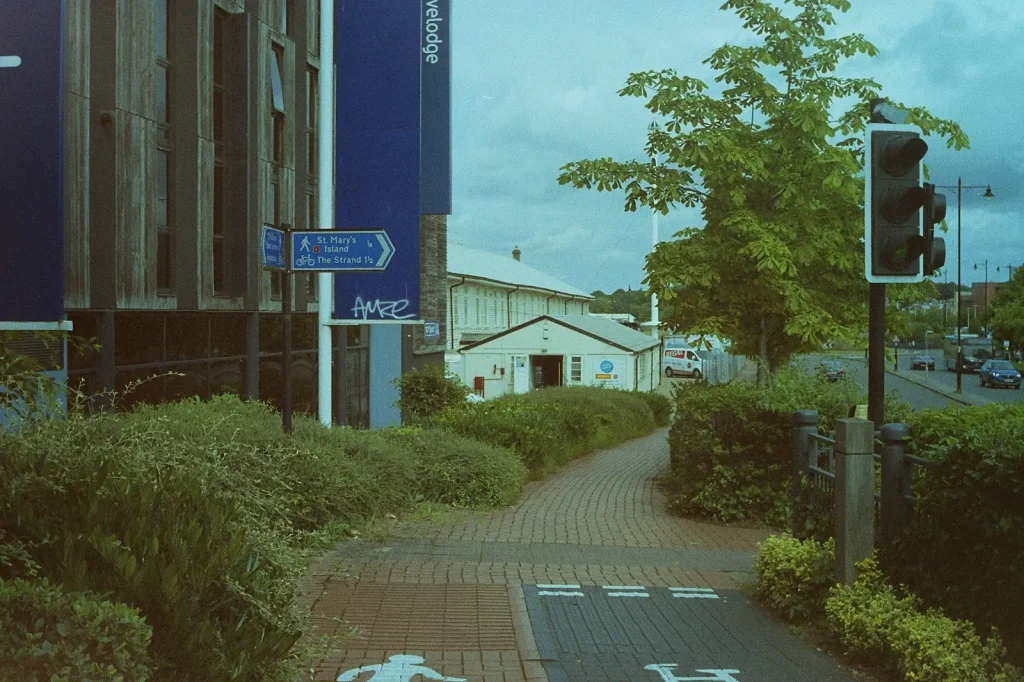
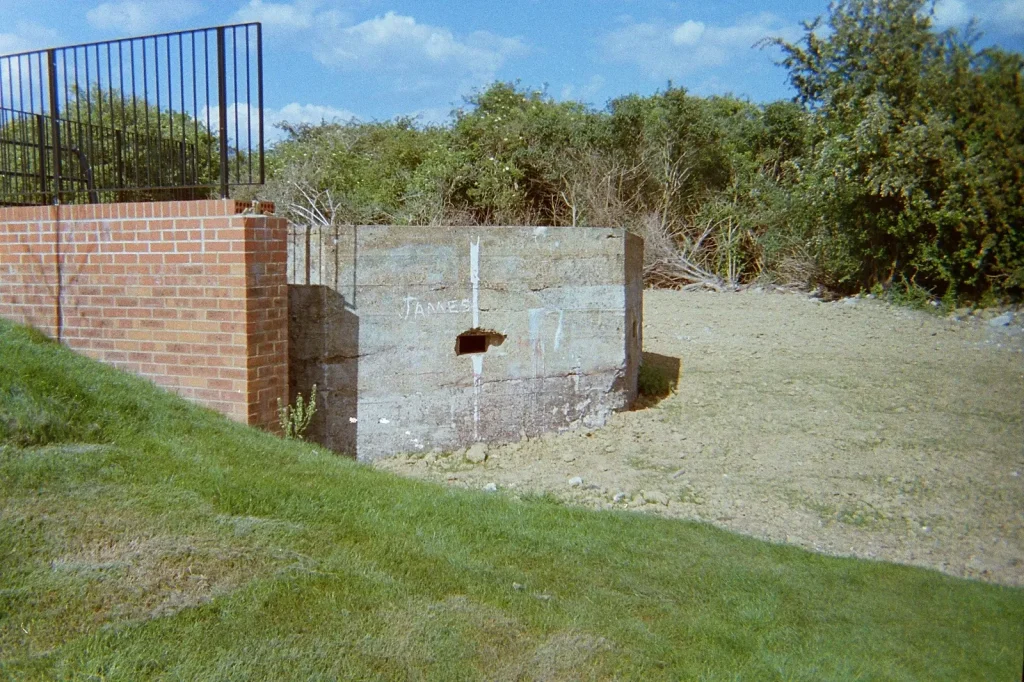
What exactly is graffiti? As I’ve already alluded to it is the plural of a graffito. This dates back to ancient times and means to scratch or etch, usually onto a wall, especially of a political nature but also often rude or humorous. It can take the form of a drawing or slogan. Over ten thousand individual pieces have been recorded at the Roman site of Pompeii which attests to its popularity. By its very nature, most of it is public and much of it is illicit.
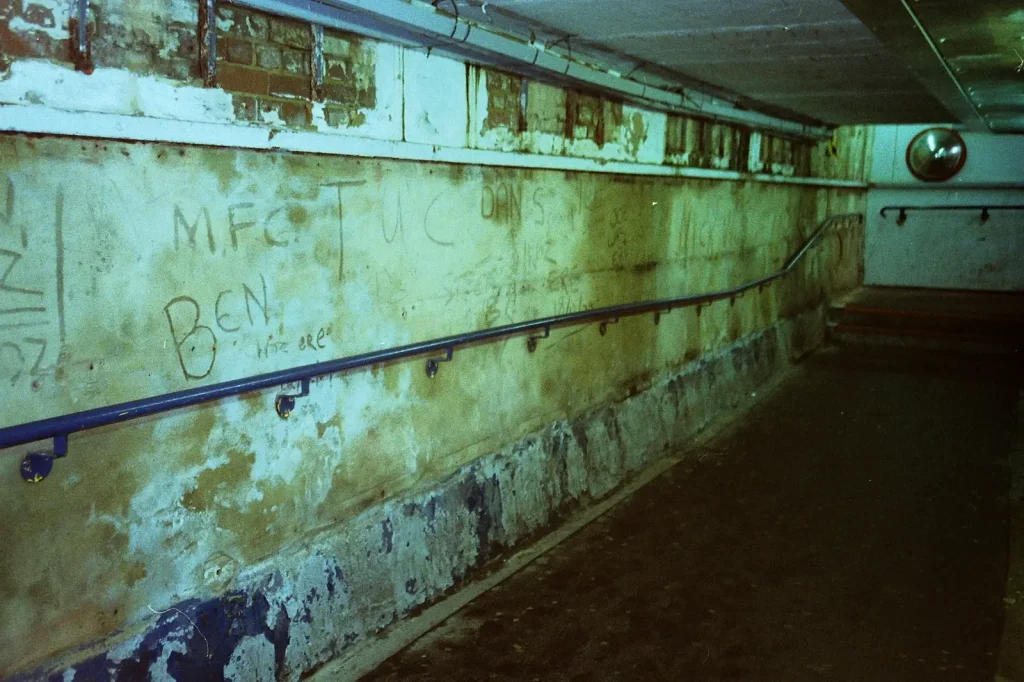
Nowadays, the scratches have been replaced with paints, and whilst still very much socio-political there is also a strong aesthetic element. Often skillfully applied, and with artistic merit, this street art can certainly be striking. I tend to find graffiti visually pleasing.
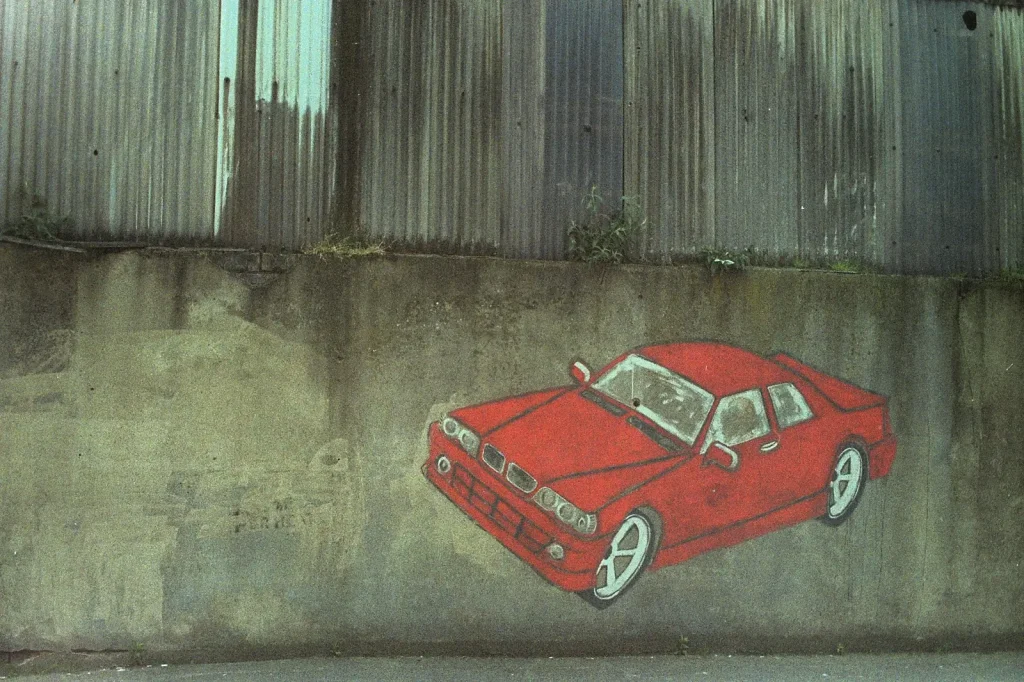
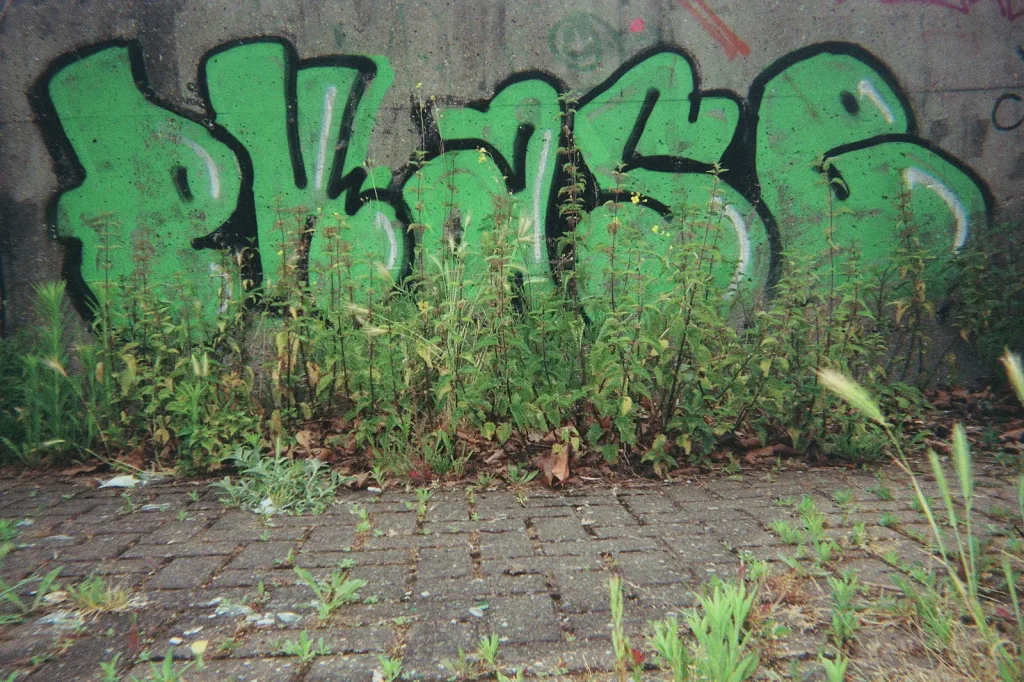
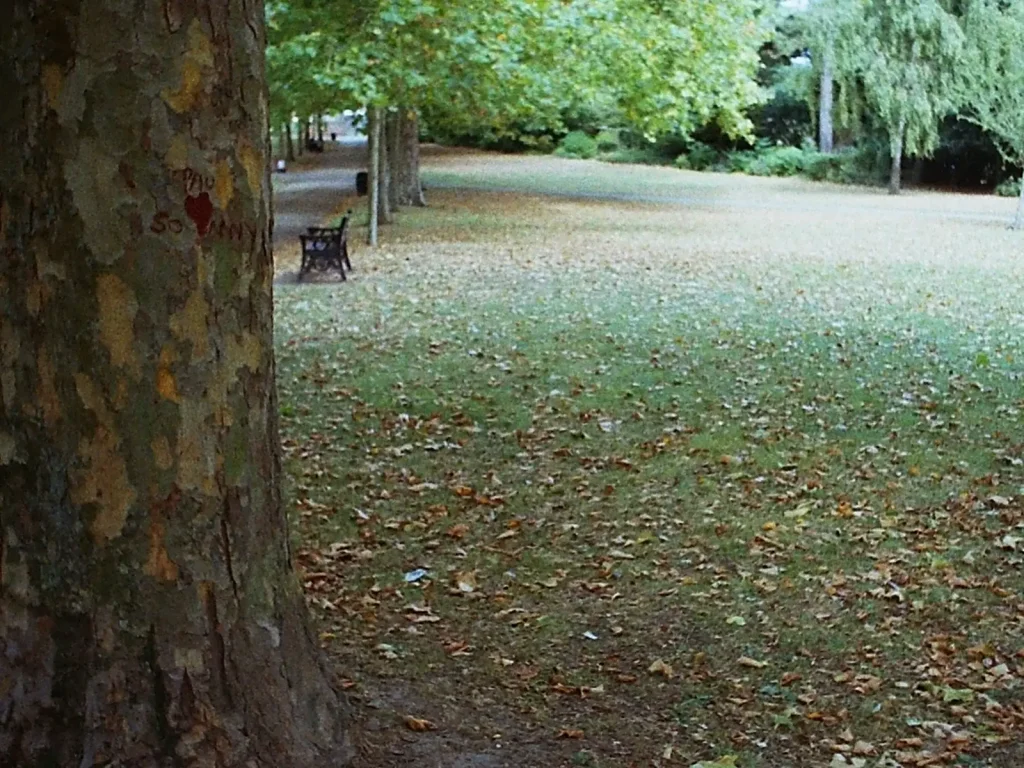
Graffiti habits, styles and uses have changed over the course of time. Some forms have evolved almost exclusively for particular areas or purpose. For example, the so-called graffiti murals of Northern Ireland. Surrounded in a backdrop of sectarianism and violence, and now reconciliation, they are very much culturally significant.
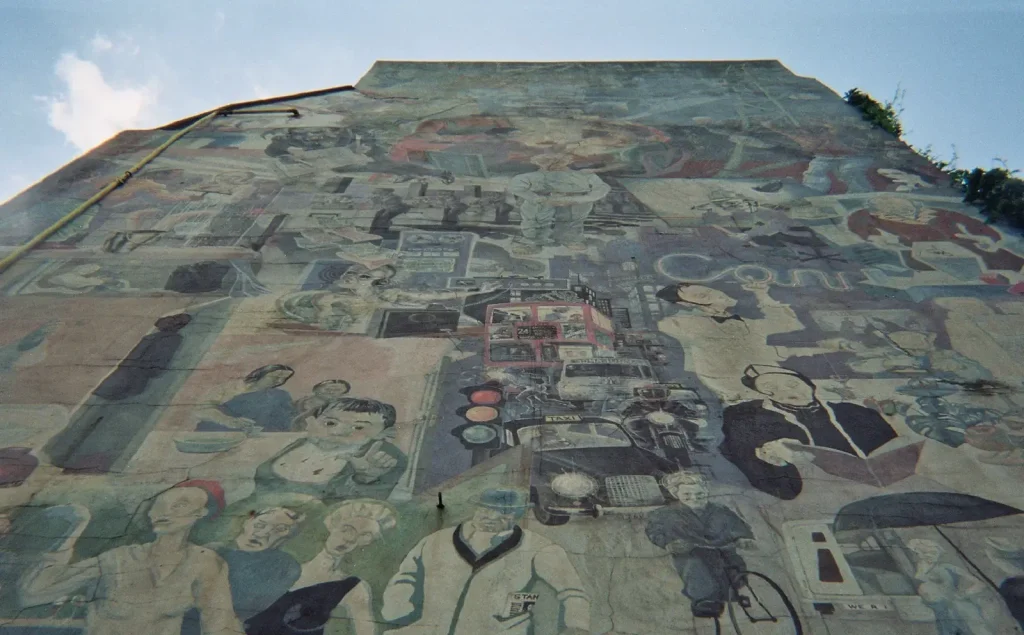
Other forms of publicly daubed mural have entered the art market. You only have to think of Banksy. But did you know that Picasso was up for a bit of unsanctioned doodling? He would remove a crayon from his pocket and help himself to a section of wall as his canvas. An 8 foot chunk of plastered wall, containing his graffito/mural chiseled from a flat in Torrington Square, is displayed at London’s Wellcome Collection – if you want to see it.
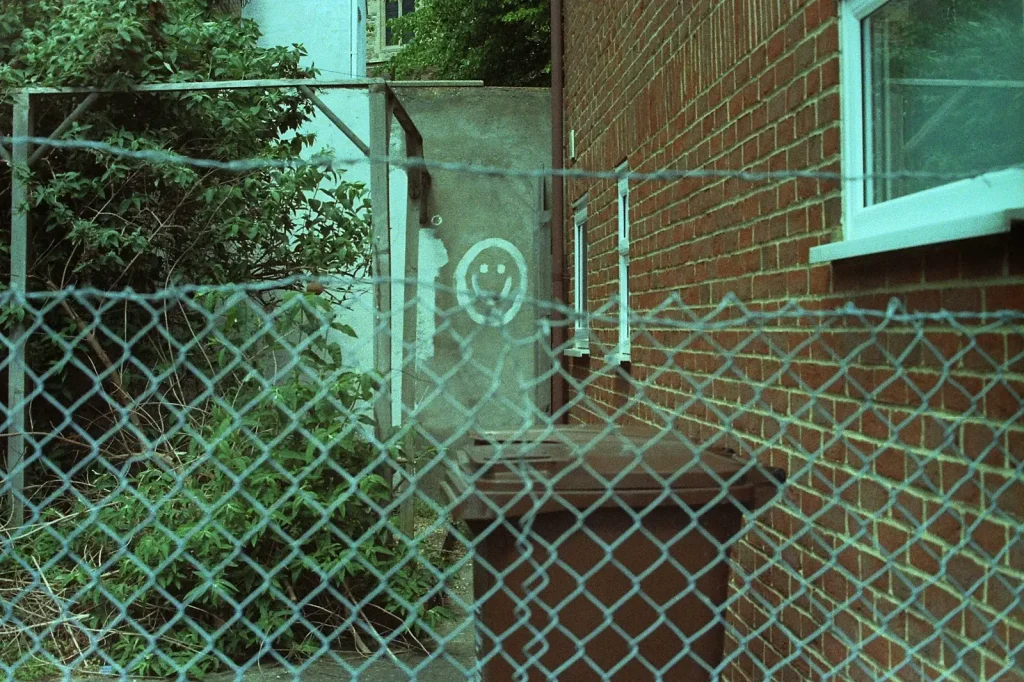
Graffiti art has also been put to good use in times of emergency. During the 2014 Ebola crisis, visual artist Stephen Doe painted public walls around Monrovia in Liberia, a bold red (for danger, for attention). He added simple illustrations highlighting the symptoms of the disease and some necessary measures. This bottoms up approach, from street level if you like, was likely better received by the everyday residents of the city; as opposed to the distrust in the official messages from their government and ex-colonial European powers telling them what to do.
The subject of graffiti is varied, socially complex and generally contentious. But I kinda like seeing it – sometimes! I am not an expert, so I’ll say no more and finish with a few photographs…
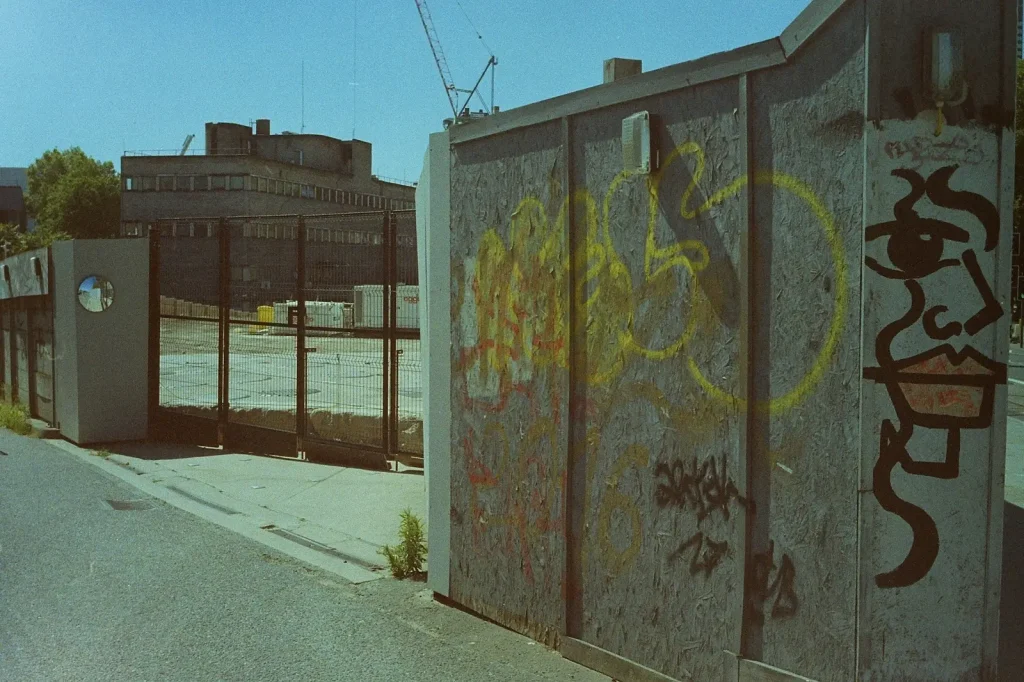
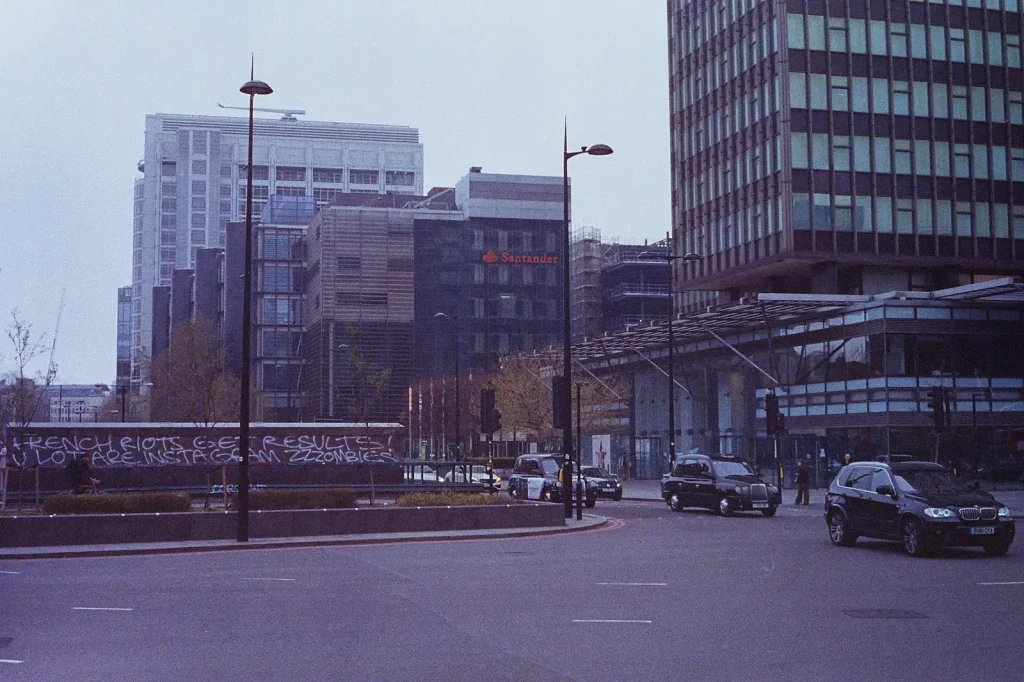
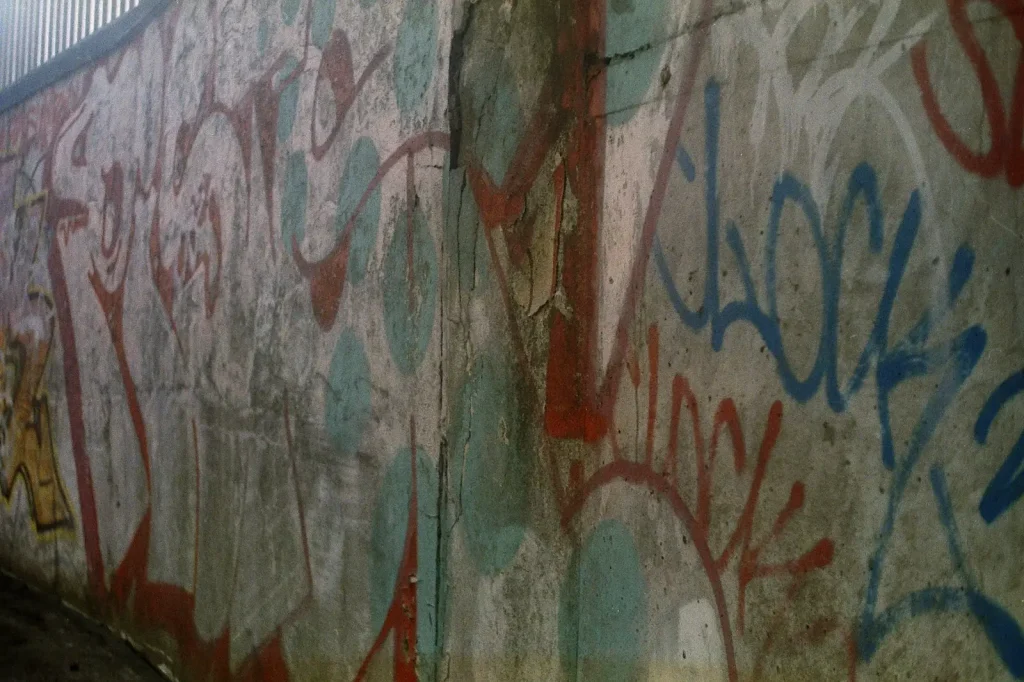
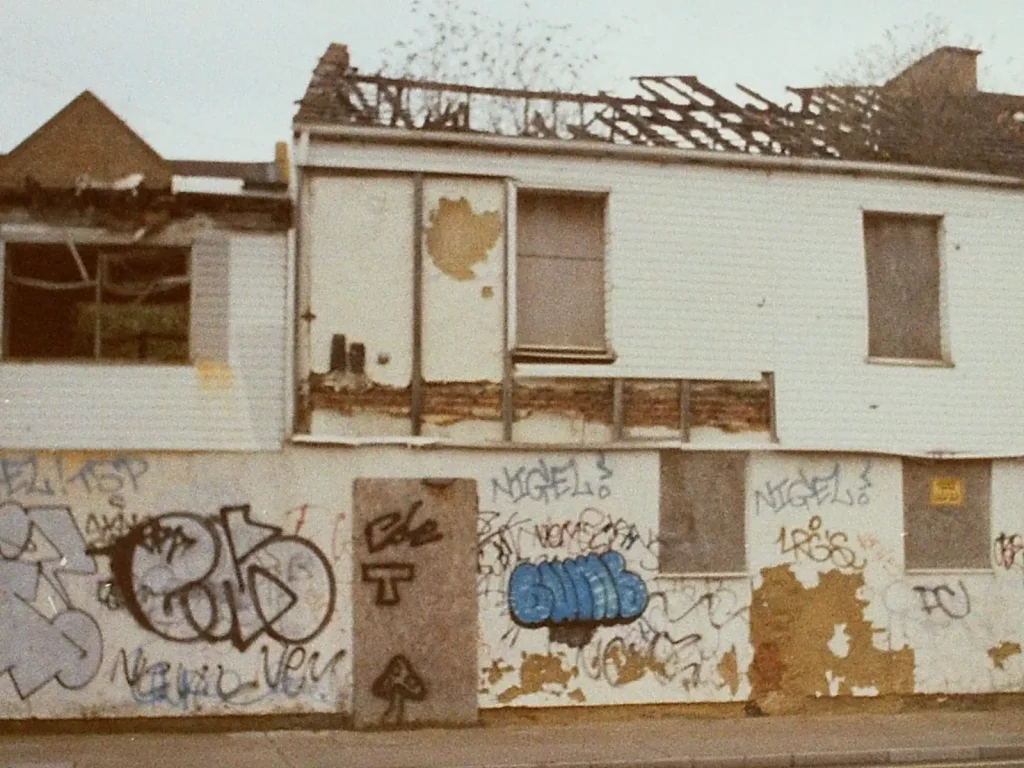
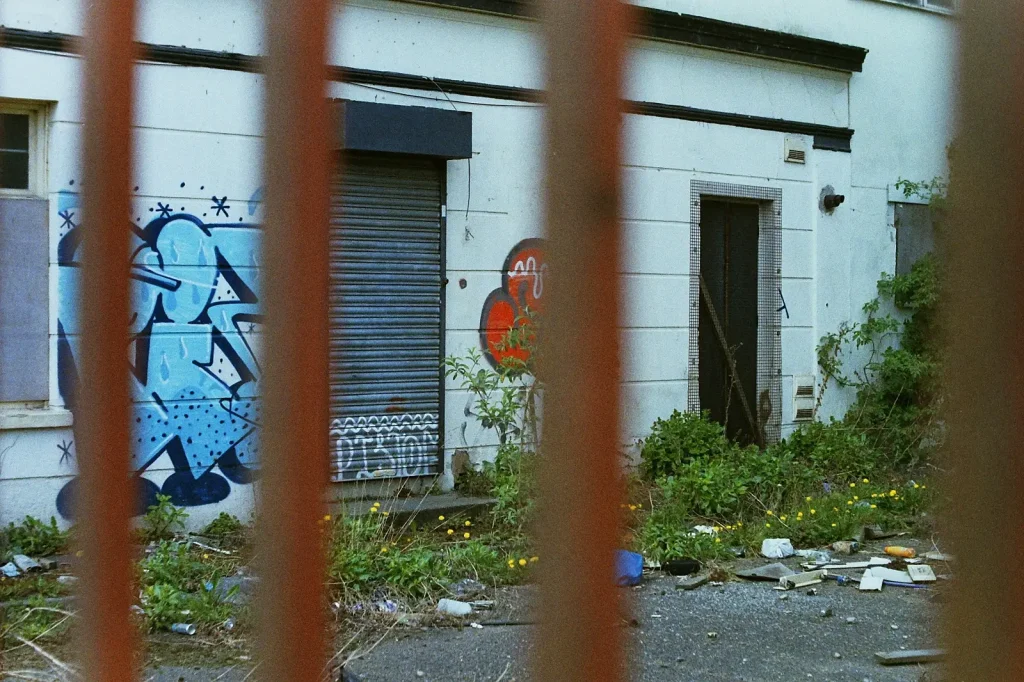
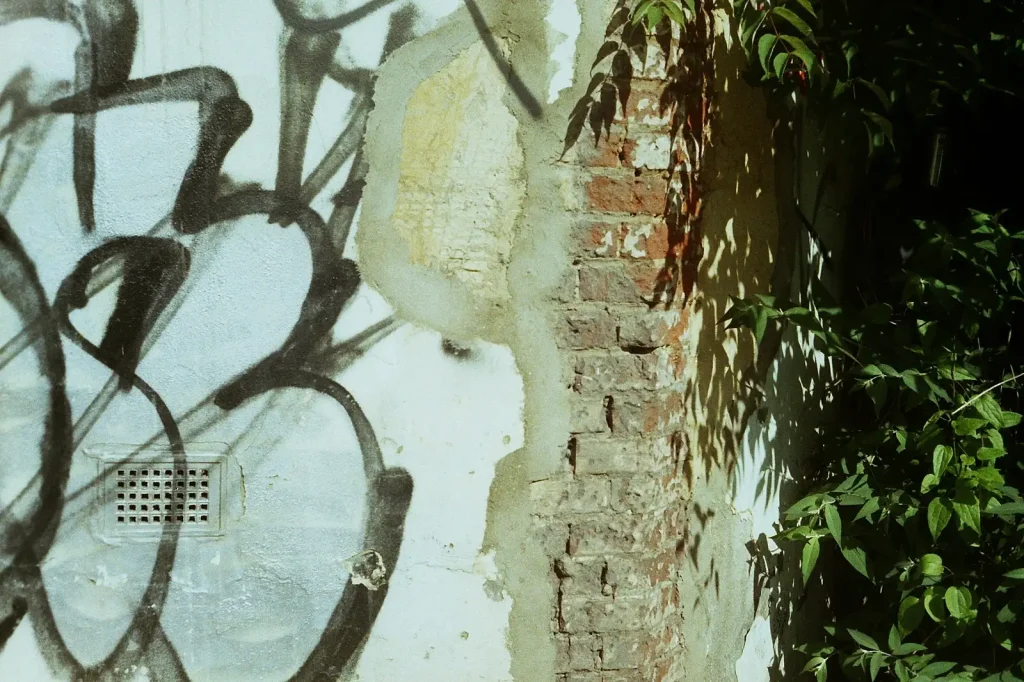
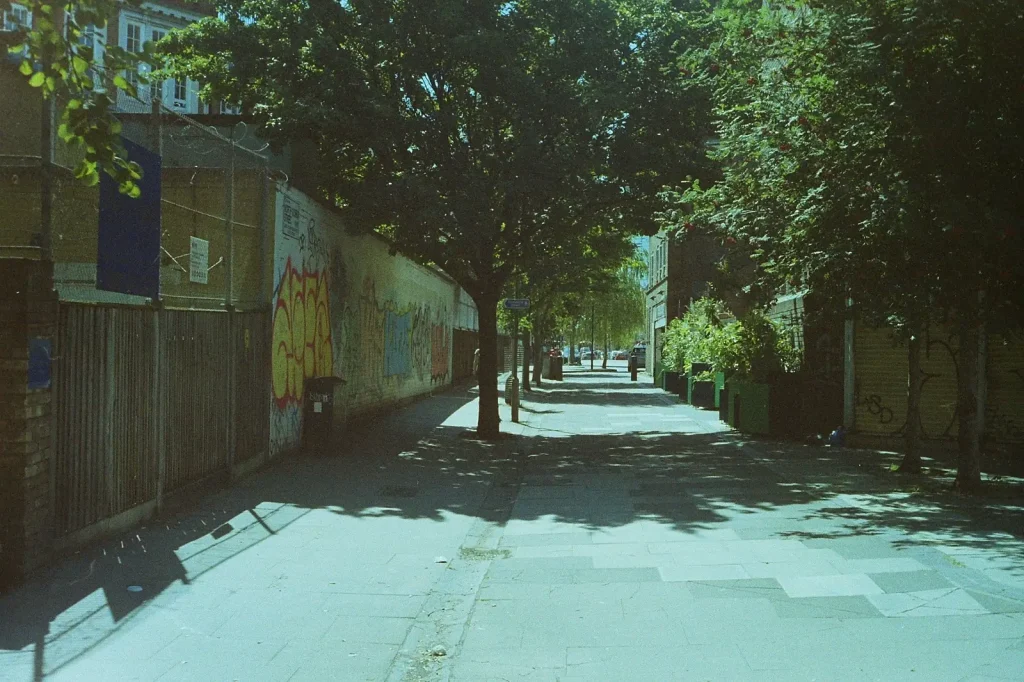
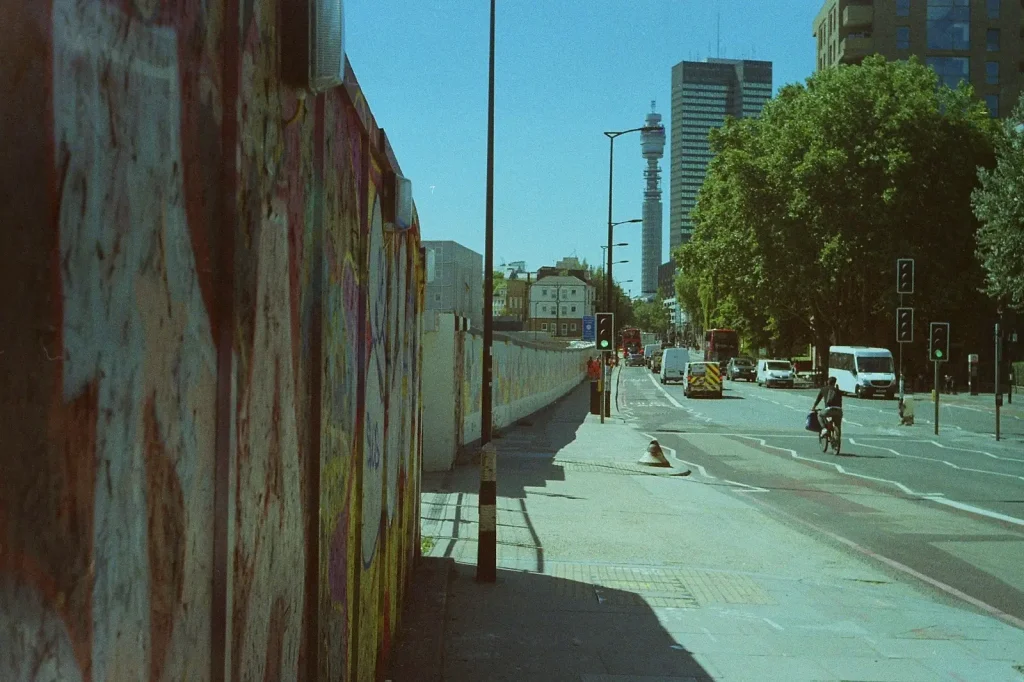
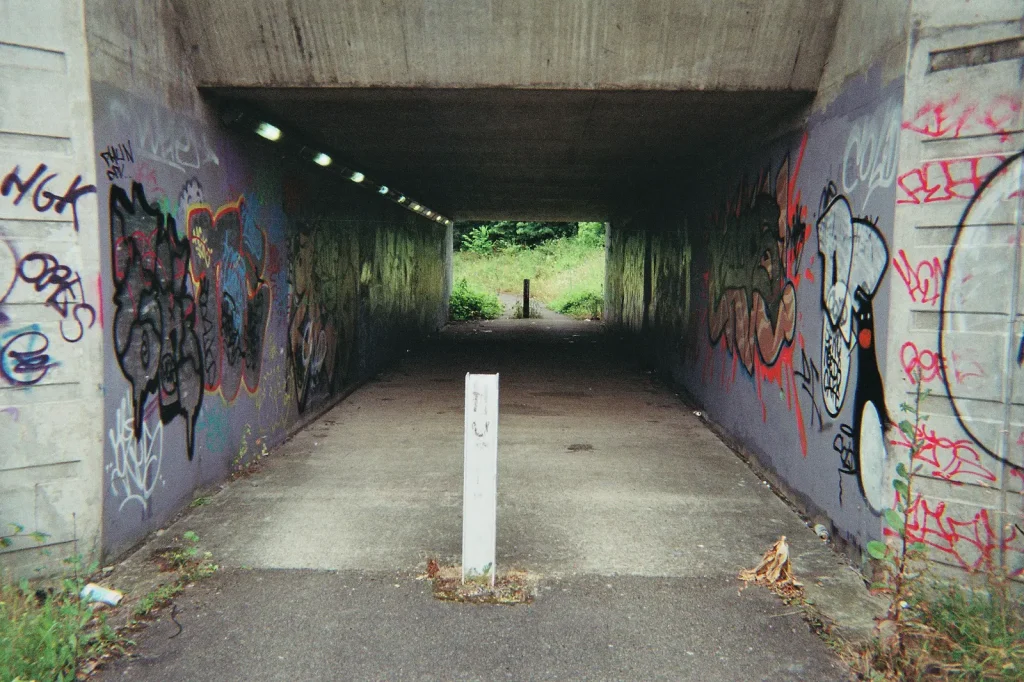
Cheers, Rock (www.rocksreflex.com)
Share this post:
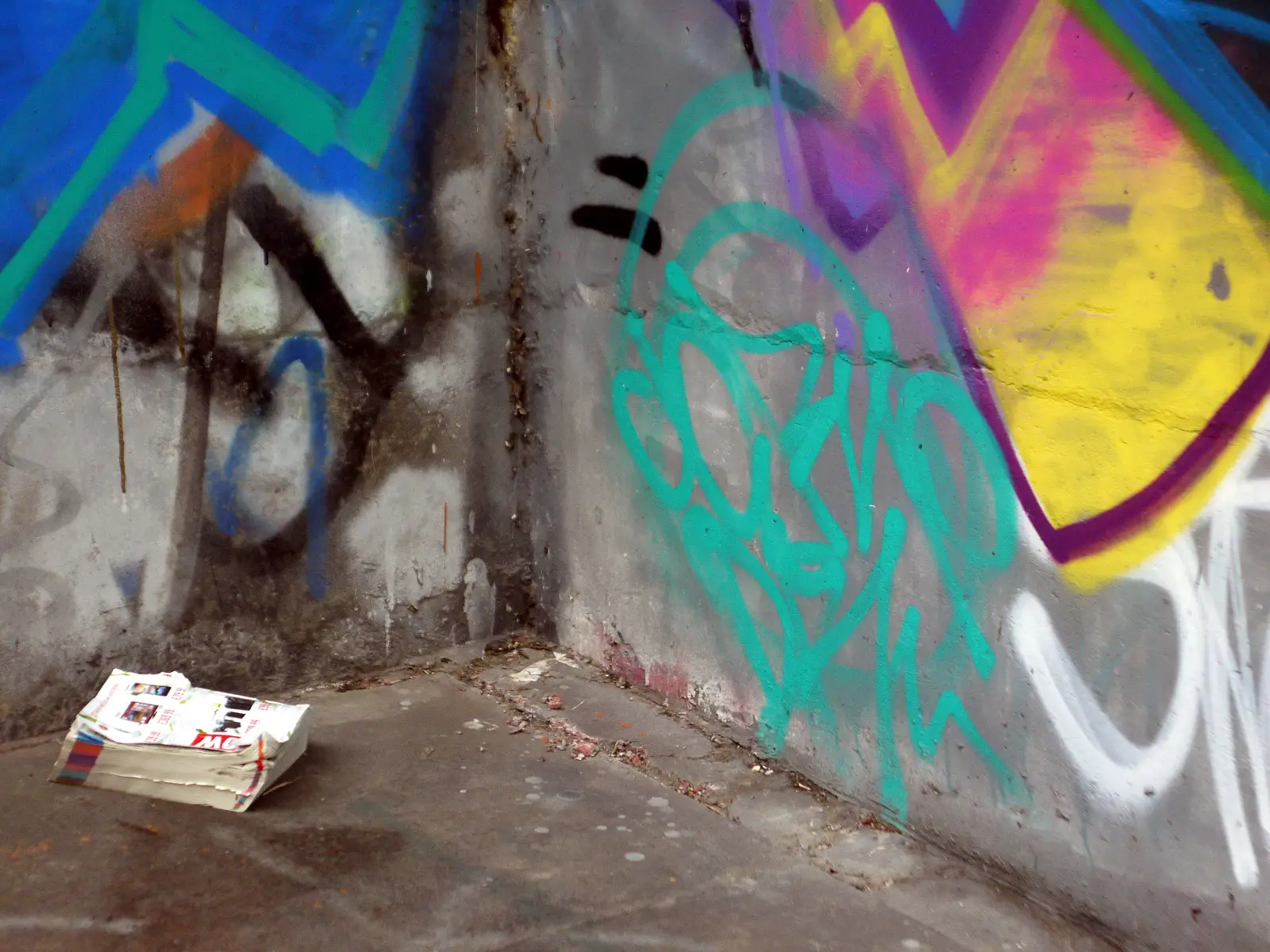








Comments
John Furlong on Some photos and thoughts on Graffiti – By Rock
Comment posted: 02/07/2020
It read 'Nicolas Parsons is the neo-opiate of the Masses'
It was there for many years - I reckon it underwent several restorations and to my mind ought to have been accorded Listed Status!
Comment posted: 02/07/2020
Huss on Some photos and thoughts on Graffiti – By Rock
Comment posted: 02/07/2020
I've been documenting the CoVid graffiti
https://www.flickr.com/gp/39133227@N08/v20N14
Comment posted: 02/07/2020
Sacha Cloutier on Some photos and thoughts on Graffiti – By Rock
Comment posted: 03/07/2020
Up until a few years back, when it was sadly torn down to make room for condos, there was an old factory that had stood abandoned for several decades in Montreal. As it lay there for years, neglected by its owners, it was not forgotten by a specific type of artists. Over the years it garnered the name "The Graffiti Factory". Two massive floors (25 foot ceiling on the main floor and 15 feet on the second) and a great roof.
The amazing thing about this place was that the art was ever-changing. You could take some shots one week and the next, whole murals had changed. While some would argue that an artist painting over the very fine work of another should be sacrilege, this was the way of the Graffiti Factory. Here is my Facebook album that includes some shots from there.
https://www.facebook.com/media/set/?set=a.419834745264&type=3
Comment posted: 03/07/2020
Comment posted: 03/07/2020
Comment posted: 03/07/2020
Castelli Daniel on Some photos and thoughts on Graffiti – By Rock
Comment posted: 13/07/2020
Comment posted: 13/07/2020